THE MAIN SITES
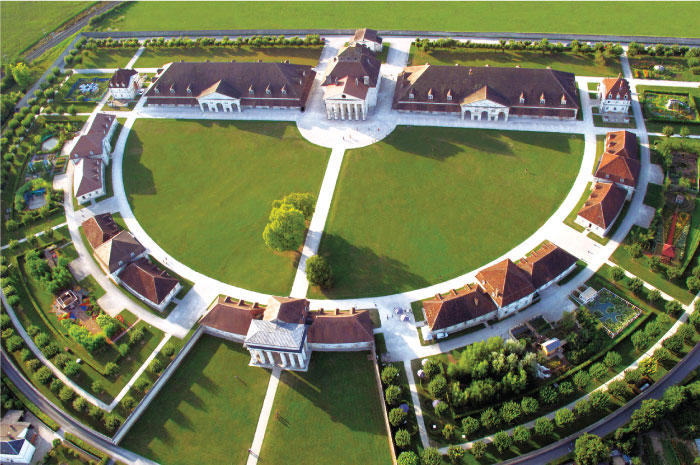
ROYAL SALTWORKS OF ARC-ET-SENANS
The Royal Saltworks of Arc-et-Senans were included on the UNESCO World Heritage list in 1982. Its magnificent buildings were designed by Claude-Nicolas Ledoux (1736-1806), visionary architect of the Enlightenment period. Since 1973 the site has been a cultural meeting point with the aim of simultaneously being a museum / heritage site, a venue for cultural events and a place for reflecting on the major challenges of our modern world. Artists and researchers can come to stay all year round and the three-star hotel is also open for other visitors. They can use the library and, from June to October, enjoy the garden festival.
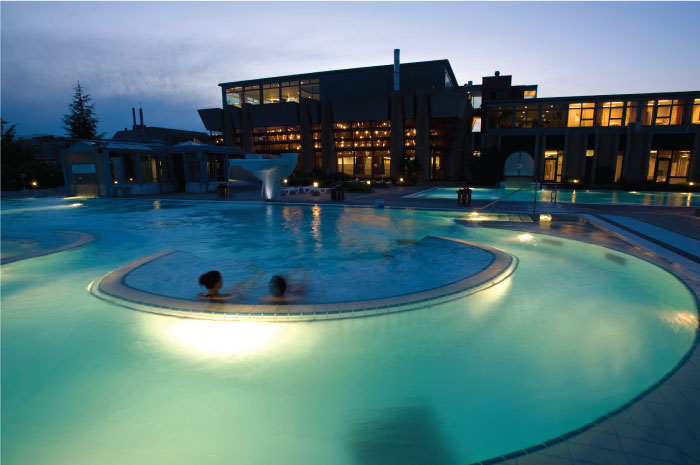
THE YVERDON-LES-BAINS REGION
Ever since the 18th century people have come from all over Europe to benefit from hydrotherapy in Yverdon-les-Bains. Its role in the history of salt transportation helped create the wealth of a region that has many tourist sites, including the salt transportation tracks of Vuiteboeuf, the heritage of music boxes in Sainte-Croix/Les Rasses, the caves of Vallorbe, the Cluniac priory of Romainmôtier, the Castle of Grandson, the Roman mosaics of Orbe, and the beaches of Yvonand.
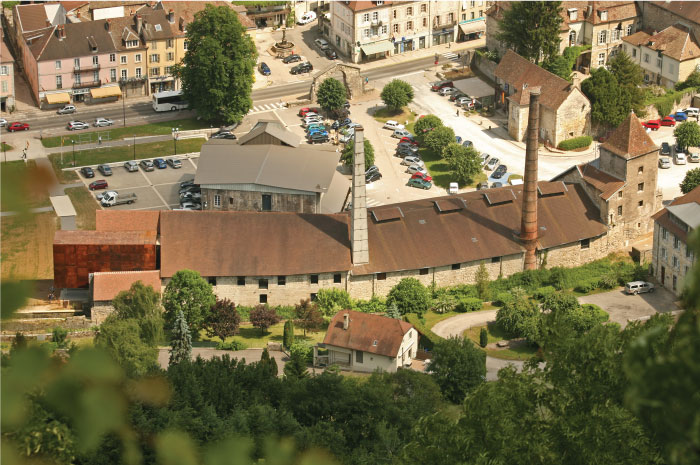
THE GREAT SALTWORKS OF SALINS-LES-BAINS
From as far back as the 8th century, Salins-les-Bains has benefited from an exceptional gift of nature: salt. The town thus owes its wealth to the winning and evaporation of brine. Together with the Royal Saltworks of Arc-et-Senans in the Doubs, the Great Saltworks of Salins-les-Bains are a UNESCO World Heritage site in the Jura department. They beautifully illustrate the development and modernisation of an exceptional industrial site that was in operation until 1962. The location is a key symbol of salt production in the Franche-Comté region.
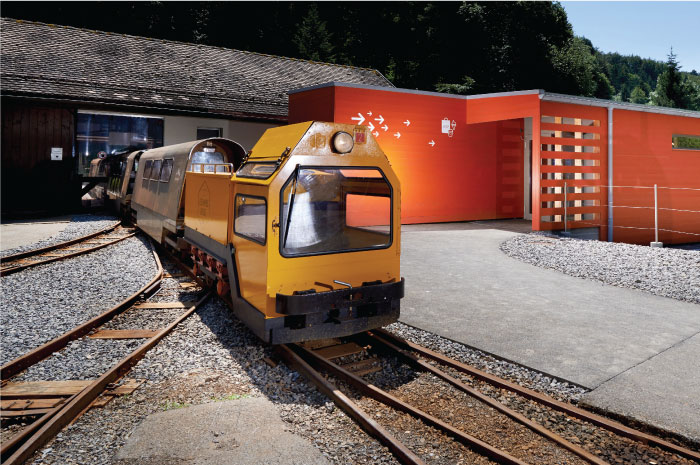
THE BEX SALTMINES FOUNDATION
The Bex saltmines allow visitors to discover almost 400 years of history, revealed in the heart of the salt-containing mountain from which this white gold is extracted from the Alps. The objective of the Bex Saltmines Foundation is to highlight and enhance their historical and cultural heritage and to preserve these resources for future generations. They are a true custodian of those last Swiss mines still in operation today.
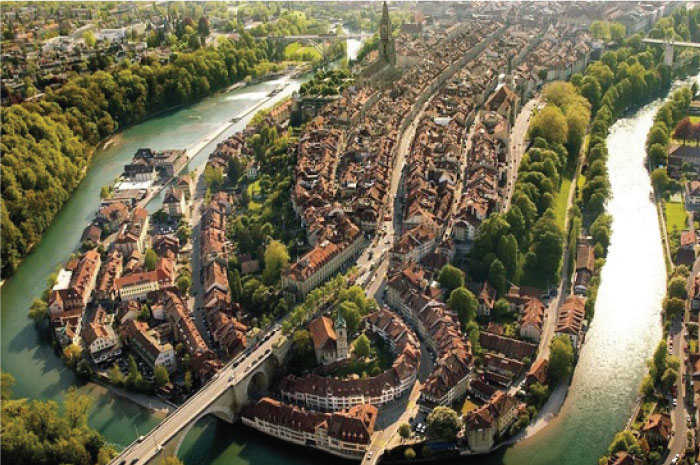
THE OLD TOWN OF BERN
Ever since its foundation in 1191, the Old Town of Bern sits proudly on a peninsula in the river Aare. Visitors of this splendid sample of Western monumental medieval architecture are enthralled by its soothing charm and gentle nature. Some of its major points of interest are the fountains decorated with Renaissance sculptures, the Gothic cathedral and its arcades that stretch out over several kilometres.
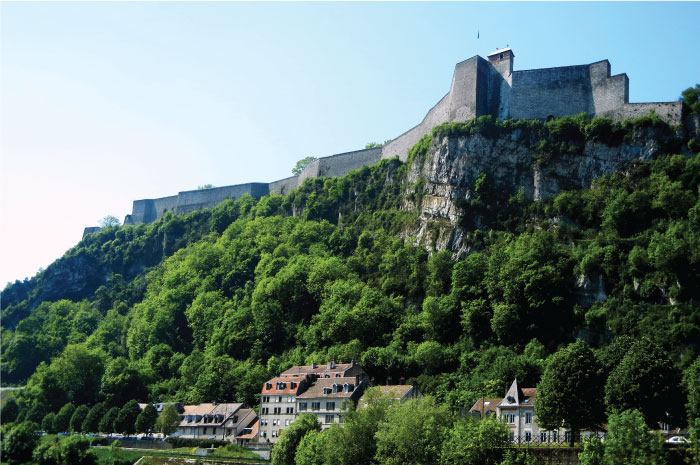
THE CITADEL OF BESANÇON
Besançon is known for its wealth of architectural, historical, cultural and natural heritage and the city has many museums, monuments, stylish private residences and other places of interest. Together with eleven other Vauban fortifications, Besançon was listed as a UNESCO World Heritage site in 2008 and the work of this genius of military architecture continues to be of great significance for the capital of the Franche-Comté region. The Citadel looks down on Besançon from 100 metres higher up and its protected walkways offer spectacular views. Its museums and animal park constitute a historical and living heritage of great wealth and variation.








